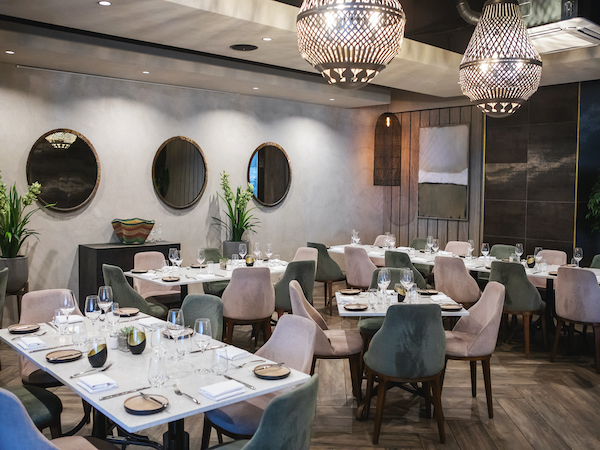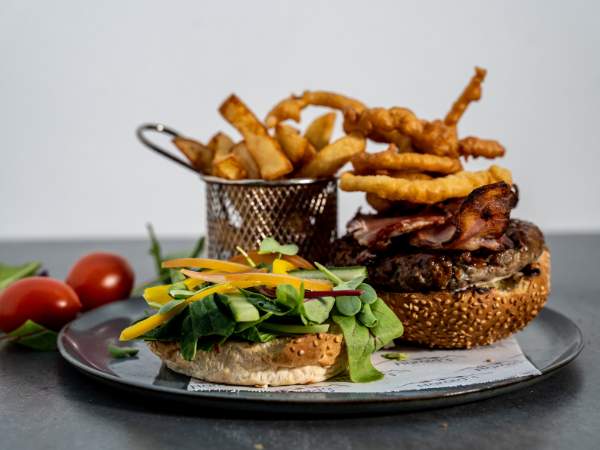News
Poke, the Hawaiian raw-fish dish that’s making salads cool again
Monday, May 23rd, 2016
The idea of raw fish in a bowl isn’t all that enticing, is it, until you splash it with lashings of lime juice, soy sauce, crushed ginger and garlic, sprinkle it with sesame seeds or onion slivers, and call it something like ceviche, carpaccio or tartare. Now there’s a new name to curl your lips around: poke.
Pronounced po-kay (and sometimes spelled poké), the word comes from the Hawaiian pōke, meaning to cut or section. The dish most commonly incorporates chunks of diced tuna, but can also use salmon, scallops, octopus and other shellfish, and comes served in a bowl with the likes of soy sauce, green onions, fruit slivers, sesame seeds, dried seaweed and chopped chilli.
Originating on the central Pacific Island of Hawaii, poke has recently hit the food scene in the USA, where it tends to borrow from local cuisines. Much like loosely defined salad, which can basically contain anything and still retain its name, poke is being served with everything from quinoa with avo and finely sliced radishes to chopped tomatoes, beans, cucumber and nacho chips. Korean, Japanese and Thai cuisines have lent their influence too, adding kimchi, wasabi and Sriracha to the mix. Basically, if it’s got cubes of fish it in, you can call it poke.
It’s been around since the 1970s, so why is poke catching on now? There are various theories, including the fact that western diners have recently become more comfortable with raw fish, that carb-free dishes are currently a big deal, that all-in-one Buddha bowls are so hot right now, and that the dish itself is so super fast and fresh. Plus, poke is so pretty, how could you not fall in love?
While poke has been named one of the biggest food trends of 2016, it hasn’t popped up in a big way at local restaurants just yet. We’re looking at you, Hallelujah, Cheyne’s, and Great Eastern Food Bar.













Poke has healthy options as they are rich in Omega 3’s. They are low in calories as well. We can have it as a sushi, burrito or wraps.
http://pokehomela.com/menu/